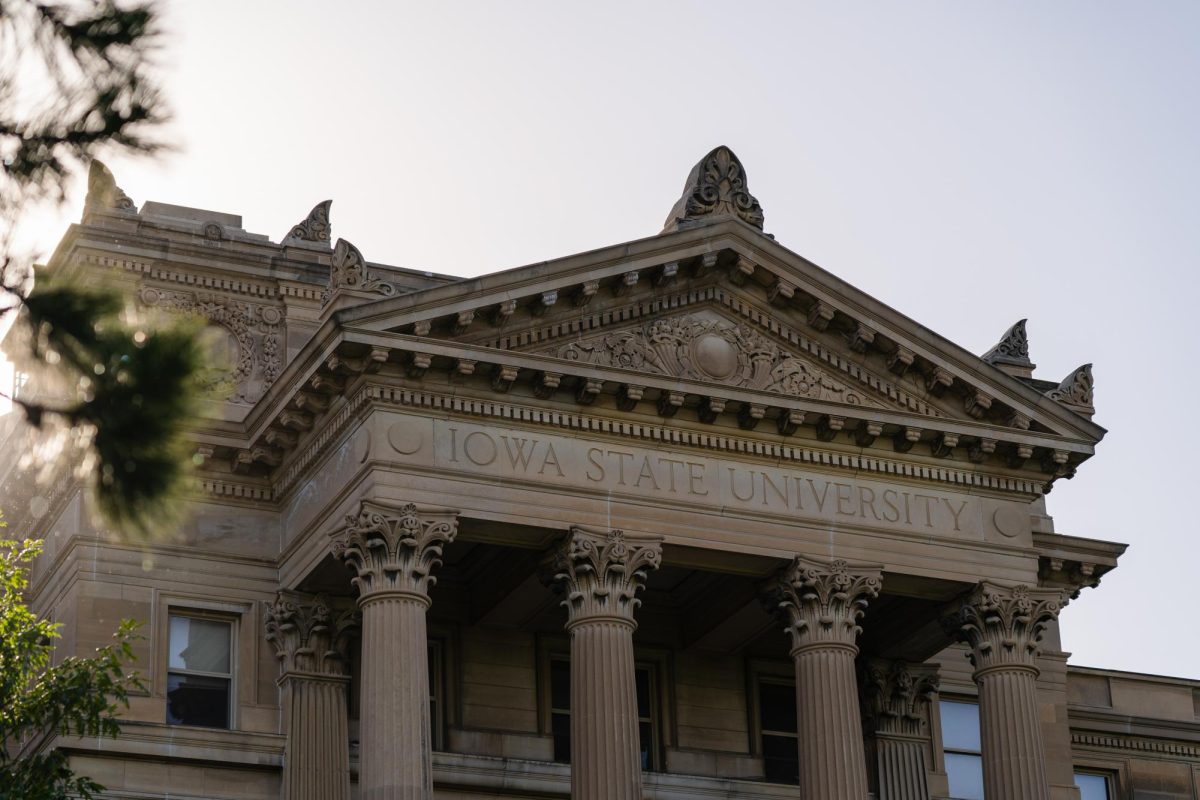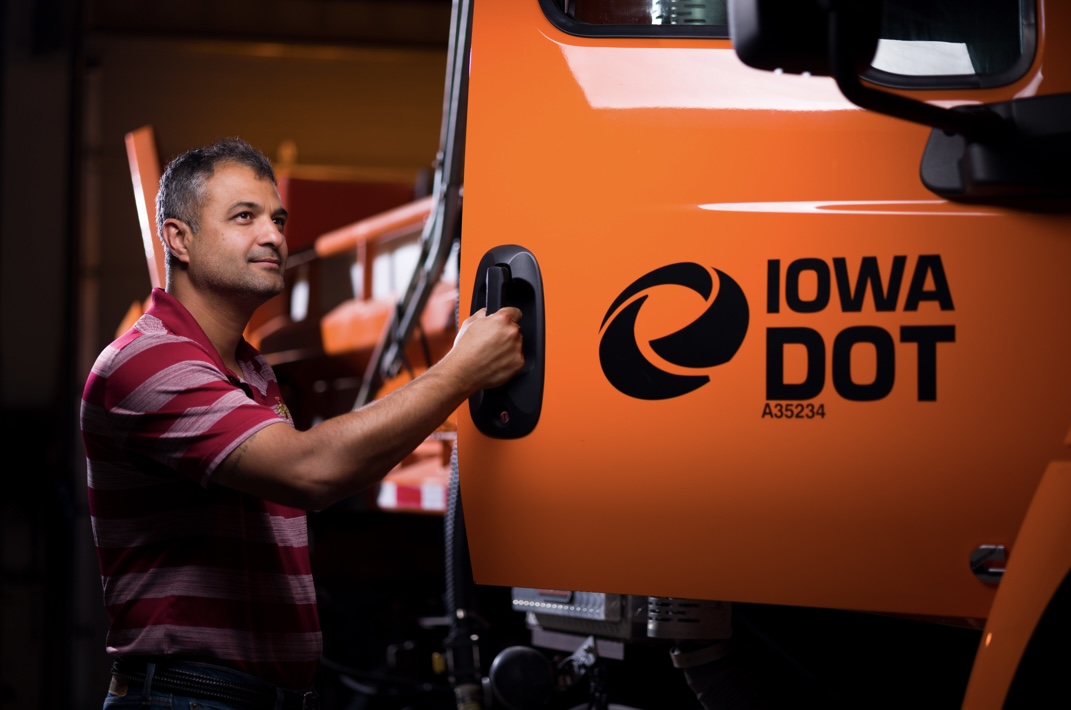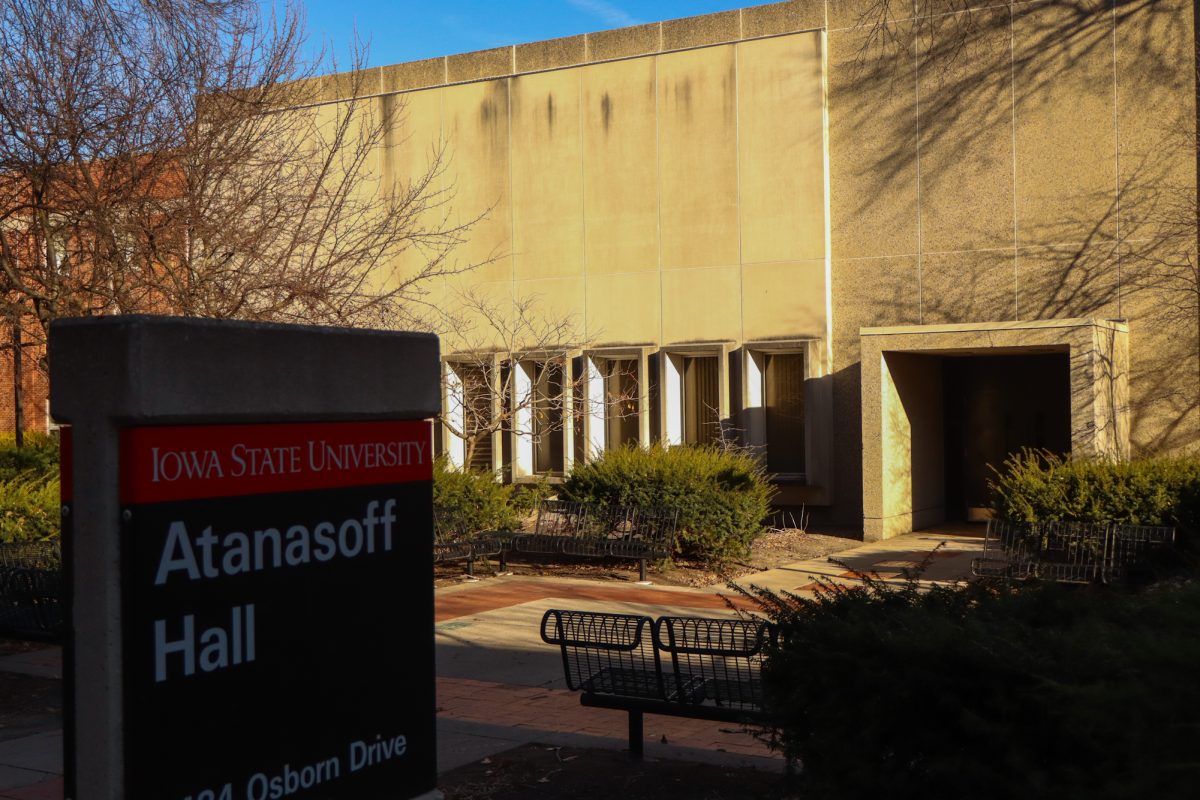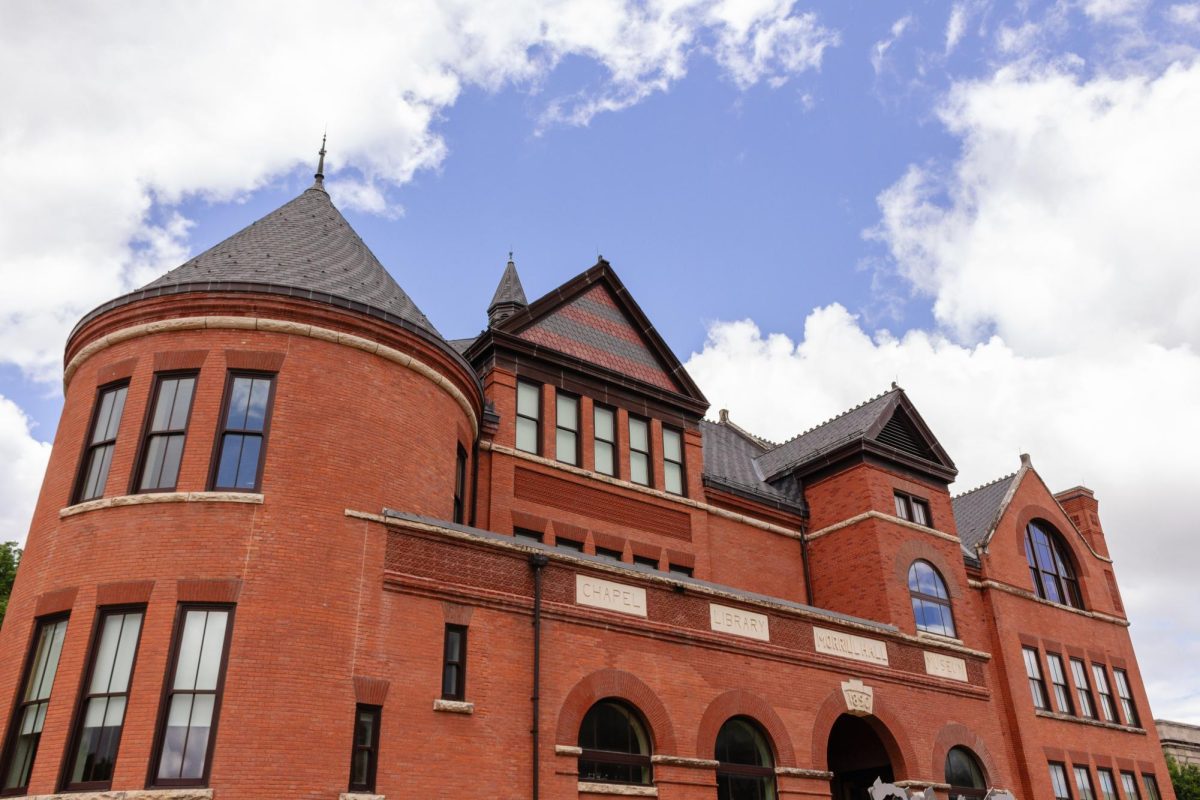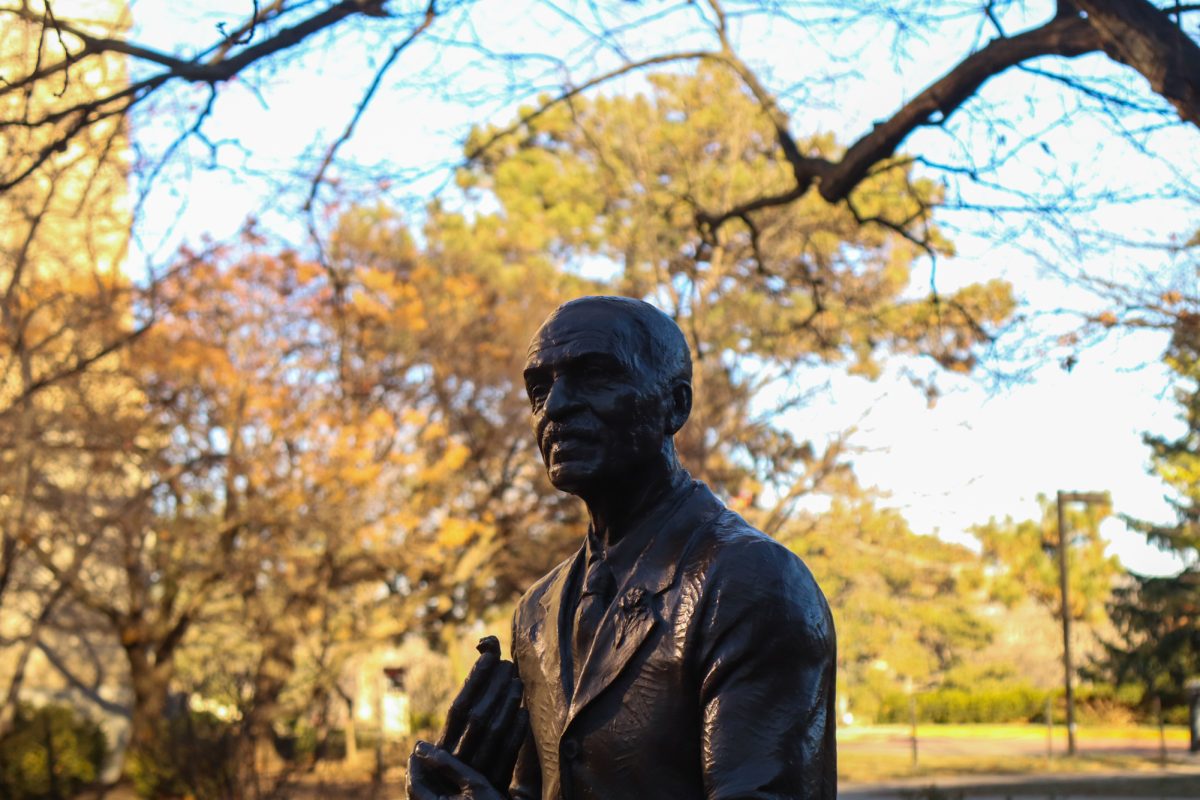Research led by Marissa Osterloh, a graduate student in agricultural meteorology, aims to restore Iowa to its natural habitat through the university’s record research funding.
According to previous reporting from the Daily, research funding at Iowa State has reached record levels. The agroecosystem model is one project that has benefited from the increased funding.
The project aims to create a framework for farmers to adopt prairie ecosystems by quantifying environmental aspects—such as biomass and nitrate leaching—and using these measurements to develop a model for incorporating prairies into farming practices.
Prairies are being presented as an alternative to traditional row crops like corn and soybeans, which currently dominate Iowa’s farmlands.
“Prairies have the potential to do a lot of good, both for environmental outcomes but also from a farming perspective,” Osterloh said. “They improve water holding capacity, reduce soil erosion and help in other ways.”
The project hopes to restore Iowa to a more natural habitat while making agricultural practices more sustainable.
The Grass2Gas Grant is providing funding for the project. The grant is a federal grant that aims to demonstrate how producing renewable natural gas from crops and prairie grass can provide farmers with conservation outlets.”
Without the funding, I wouldn’t be here,” Osterloh said.
According to Osterloh, the project relies heavily on collaboration, and the grant creates a pool for colleagues to work together. Without it, fewer individuals would be involved, and research progress would slow down. Osterloh consistently works with colleagues from Penn State and the University of Illinois Urbana-Champaign for research progression.
Osterloh clarified it’s not just about the funding. Instead, it’s about what the funding allows to bring people together. Osterloh also said that this network of researchers is essential for developing a robust model that can adapt to different regions, soil types and climates across the country.
One critical resource provided by the funding is the opportunity to conduct extensive fieldwork and use specialized equipment. This includes tools like Leaf Area Index (LAI) measurements, which are crucial for assessing how much sunlight is taken in by the top of plants compared to the soil.
The funding has also provided the freedom to explore different directions within the research. The researcher notes that her co-advisors, Andy Vanloocke and Fernando Miguez, both professors of agronomy, are supportive of new ideas and creative approaches to problem-solving.
“I don’t have to stick to it to a T,” Osterloh said. “I can explore what I find interesting, and they just want to have a working prairie model by the time I graduate.”
While the funding has been instrumental in the project so far, Osterloh said challenges remain.
The model is based on a one created in New Zealand, meaning the model requires some adjustments to fit Iowa’s climate and crops. New Zealand crops and weather patterns are different, so it takes time to acknowledge and change the parameters for the new model, Osterloh said.
Looking forward, Osterloh acknowledges that this project is just the beginning.
“This is a great stepping stone, but there will be many more needed,” Osterloh said. “My model is not going to be perfect, but with more data and further research, we can make it better.”






